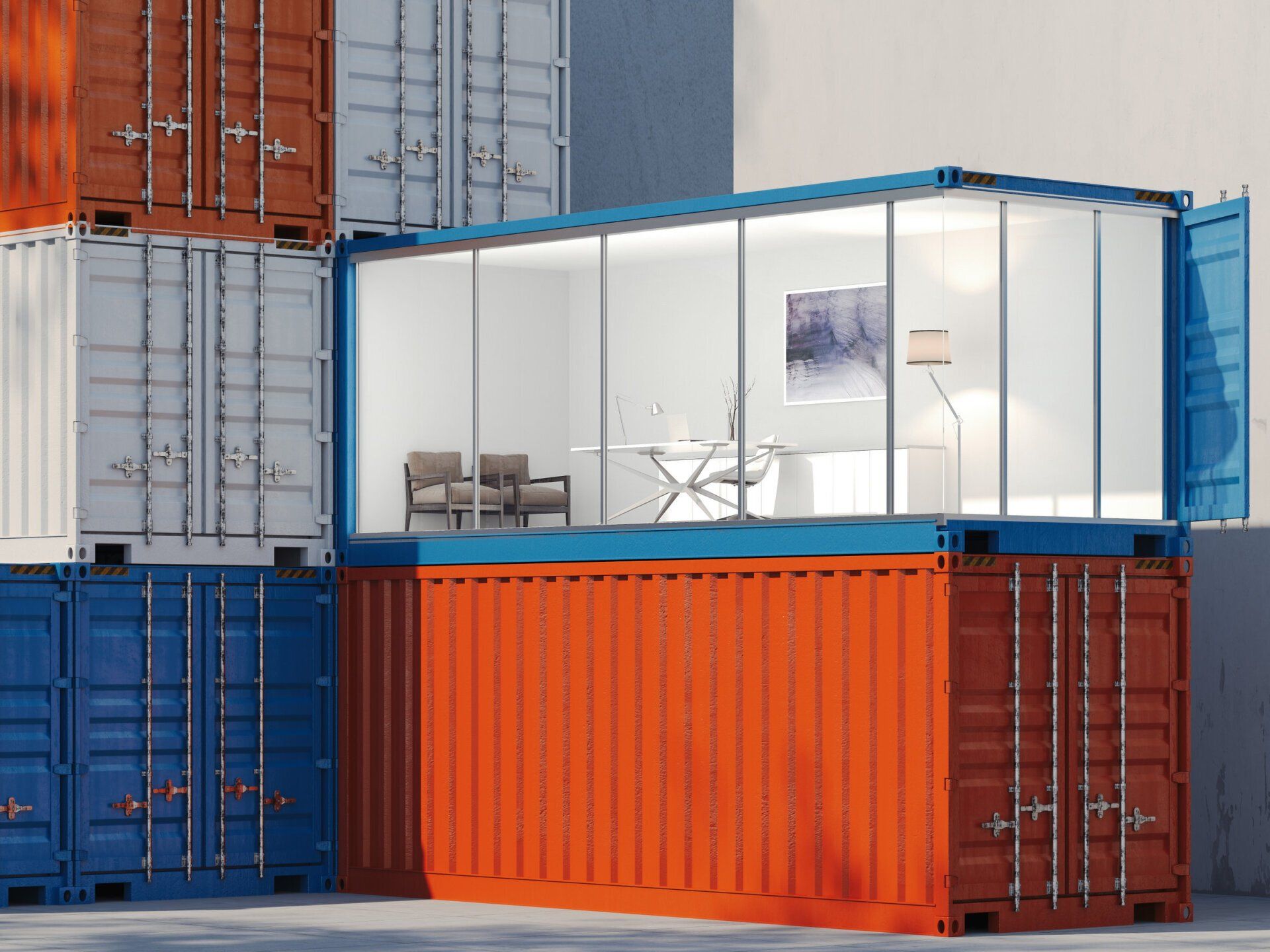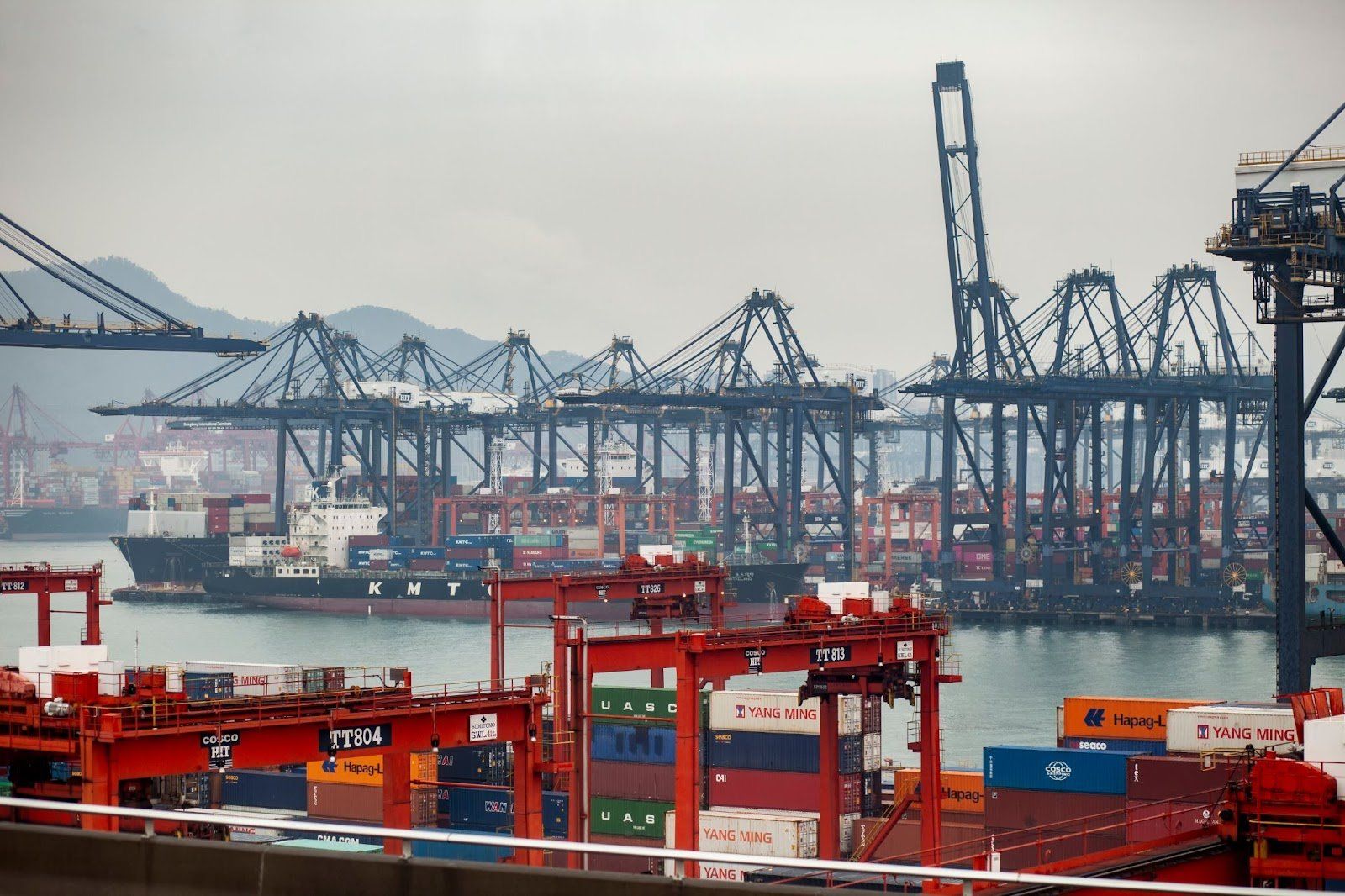How to Keep Your Shipping Container Warm For Winter
Thermal insulation within your converted shipping container is vital for a number of reasons. The first, of course, is for comfort. Imagine working in your container office with its bare metal walls in the middle of a cold snap. You would need a thousand heaters pointed at you and even then it wouldn’t be enough.
But it’s also important to insulate containers to prevent condensation which can cause a whole number of issues for anyone inside it.
Thankfully, there are a number of methods just as there is for many other buildings. Below, we’ve listed some of the most common method as well as an explanation as to what exactly insulation is.
What Is Insulation?
Every building is in some way insulated, even if it has paper-thin walls. The walls themselves act as an insulator to condition the air to maintain a different temperature to that from outside.
However, a thin wall wouldn’t be able to this very well. While the air from outside couldn’t come in, the air inside would be able to leak through the materials in the wall.
Unfortunately, shipping containers were originally built to transport your cargo, meaning they are not already equipped with effective insulation.
Moreover, they are made of metal, meaning you can feel colder temperatures far more keenly than you would in a building made from brick and mortar.
It’s therefore important every converted container has at least some insulation material installed. This will be an investment that will pay off in droves come the winter months.
Both staff health and productivity will increase, meaning your business will benefit no matter which insulation you choose.
Rockwool
One of the most common insulation materials, Rockwool is very cheap and performs extremely well, providing there are no gaps in the material.
Because it performs so well insulating containers, we’d argue that it may be worth investing in a higher quality Rockwall due to how cheap it is.
It is a commonly used insulation product that many container conversions use.
Kingspan
Like Rockwool, Kingspan is an incredibly effective method that allows you to retain heat within a container during winter.
It is slightly more expensive, but it is worth the money as it is thinner, allowing more space to be utilised within the container. They are also particularly good at covering gaps
Spray Foam
While not as commonly used as the other two materials, spray foam is a viable solution with shipping container conversions.
It provides a seamless vapour which is quick and easy to apply. However, it is a more expensive option, hard to get if you’re working with a budget.
But it works just as well as any other insulation material so if you are working with a smaller budget, it may be worth getting.
Ply Lining
At CS Containers, one of the ways in which we can cover your chosen insulation within your container conversion is through ply lining.
A lot of reasons people tend to go for this is because, in addition to being effective insulation boards, plywood is aesthetically pleasing and allows for good decorating.
The ply lining we use is also of high quality, manufactured to make your container more energy-efficient.
Simple to put up, it can become an effective form of insulation and look professional at the same time. An elegant finish ideal for your office environment.
Melamine
An alternative method of covering your insulation is melamine boards instead of plywood. Not as aesthetically pleasing to look at as plywood, it is still an easy and effective way of covering insulation material.
For any 20ft shipping container conversion, any material that has insulating properties can be used to help keep it warm during the winter months.
Shipping Containers for Sale
If you’re in the market for shipping containers for conversion, we at CS Containers have plenty to offer.
Check out our containers page and choose whichever size that suits your requirements. We ship nationwide so we’ll be able to deliver it to you no matter where you’re based.
And once you’ve bought your container, get in touch with us about insulation. Visit our accessories page for more details!





